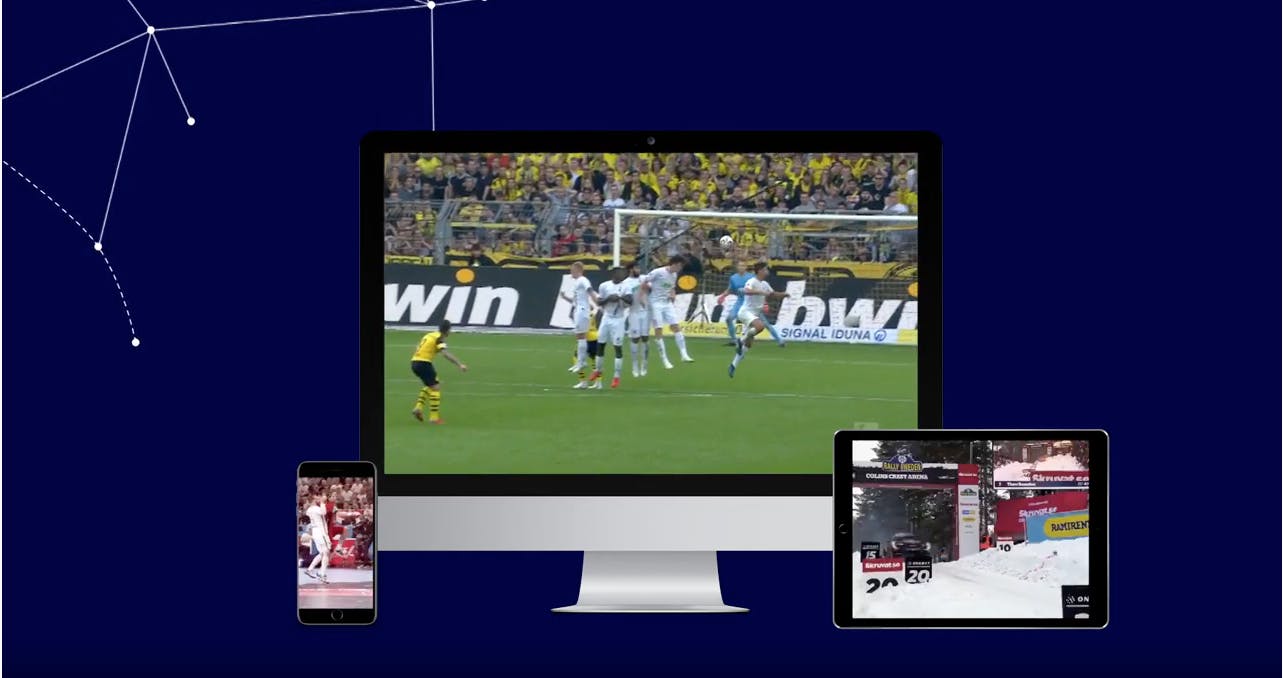Back in the 1990s, Bill Gates remarked that ‘content is king’ – a phrase that, while somewhat obvious in many respects, went on to become the cornerstone of many aspects of the modern media industry.
The quality of content will always be crucial to engaging with audiences, whether you’re a rights-holder, publisher, influencer or blogger. While different organisations will have nuanced or niche requirements, the use of content as a means of driving engagement and increasing monetisation is universal.
The question many content producers are asking, in an industry that has now well and truly jumped the shark, is how to stand out from the crowd and also ensure outgoings are optimised to reduce overall cost.
As a market leader in the OTT space for almost two decades, at Sportradar we believe the key to both these aspects, and the overall digital ecosystem, is high-quality data and the insights that can be derived from them.
When we started out, OTT and video content platforms were often not at the forefront of many rights-holders’ minds. Many organisations remained solely focused on selling their rights to the highest bidder through linear agreements rather than going straight to the customer and establishing that direct relationship.
However, as technology has advanced and video become more ubiquitous, times have changed.
Social media platforms are now a key battleground while the likes of the Uefa Champions League and Europa League finals are now broadcast live, free of charge, on YouTube alongside highlight packages from some of the most popular sports competitions in the world.

A crowded sports media landscape, packed with big hitters like Amazon and Facebook on one side and amateur social media publishers on the other, has meant content owners need to think differently both in terms of the variety of their content as well as how, or indeed what, they monetise.
The trend of big broadcasters putting free content out on social platforms is a sign that strategy has changed hugely from a linear-focused approach, as has the ways in which organisations look to monetise their video.
Driving traffic to websites, increasing social followings, improving brand recognition and fostering engagement with content is what many rights-holders are looking toward – a stark contrast to the traditional way of thinking solely in terms of selling rights, bringing in subscriptions and being very direct about monetisation.
The best monetisation strategies are made up of direct and indirect routes, with the specific formula built on optimised, data-driven insights. That means using data relating to views to determine what content worked and what methods of driving revenue need to be a greater priority or reduced in importance.
This process of trial and error, based on viewing habits and insights into the content preferences of a specific audience, is where OTT strategies will rise and fall, largely because it helps ensure a digital ecosystem that benefits the rights-holder, the viewer and any third parties such as advertisers or sponsors.
The viewer – who must remain the priority – gets the content and relevant advertising they want, the rights-holder can create a direct-to-fan relationship and foster engagement, while advertisers and sponsors ensure they minimise waste by showcasing relevant marketing collateral – one of the key aspects of Sportradar’s marketing solution, ad:s.
Ultimately, the rights-holder and the viewer want the same thing – to deliver engaging content and build a strong relationship – while the rights-holder and the sponsors also share very similar interests in aiming to know as much as they can about the audience.
Personalisation done right, especially when it’s carried out using AI and Machine Learning, eliminates waste and ensures the most direct-to-fan relationship possible. By complementing that use of viewing data with sports statistics, gamification and quality embeds, content producers are also to keep their audiences watching longer without needing to leave the platform or ‘second screen’.
Rights-holders can incorporate real time betting odds, social media content, polls and quizzes to gamify their content further and keep viewers engaged and enhance their own monetisation options.
Refine those using an ongoing, trial and error basis, fuelled by data-driven insights, and rights-holders can truly leverage the full potential of their digital ecosystem.
There is no one-size-fits-all approach when it comes to an OTT solution. However, there are a number of universal truths for rights-holders of all shapes and sizes and making informed decisions based on reliable, high quality data should be chief among them.